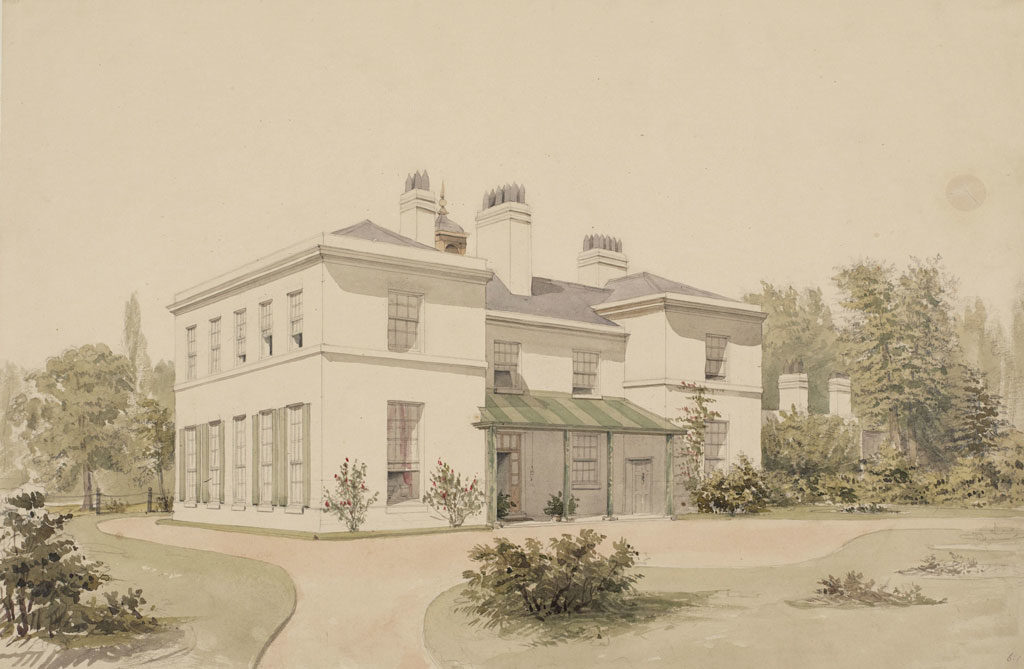On the bicentenary of his death, we tell the story of James Watt, one of Scotland’s most influential inventors
MORE FROM SCOTLAND MAGAZINE
“I sell here, Sir, what all the world desires to have – Power.” Matthew Boulton, the English
business partner of James Watt, did not have to barter hard. Scottish born and bred, Watt’s science and engineering success had put a match to the Industrial Revolution. Though steam engines had been around for 50 years, James Watt made them far more efficient with successive innovations, including the most significant – the separate condenser.
Writing in The Edinburgh Review in 1829, Scottish philosopher Thomas Carlyle summed up the impact of Watt’s newly efficient version of steam power: “We remove mountains and make seas our smooth highway; nothing can resist us. We war with rude Nature; and, by our resistless engines, come off always victorious, and loaded with spoils.” Even now, steam provides 75 per cent of the electricity we use every day.
Unsurprisingly, Watt & Boulton quickly became the most important engineering firm in the country, manufacturing steam engines for mine owners, distilleries, canals and waterworks. In 1784 Watt was elected a fellow of the Royal Society of Edinburgh and then, a year later, of its London counterpart. In 1800 Watt retired a wealthy man, with several more patents under his belt, including for the rotary engine, the double-action engine and the steam indicator.
Industrious right until the end, Watt was full of ambition from the beginning. His great breakthrough occurred in his 20s, where older and more experienced engineers had failed. Similarly prosperous, his father was a shipbuilder, owner and contractor, whose work ethic may have rubbed off on the young James. His grandfather was a mathematics teacher.
The family lived in Greenock, a seaport on the River Clyde west of Glasgow, where Watt’s physical ill health meant that he was home-schooled by his parents. Sadly, his mother died when he was 17, at which point Watt travelled to London to study the manufacture of mathematical instruments.

After only a year’s training (he was a quick learner), his attempt to set up shop back in Scotland was thwarted by the Glasgow Guild of Hammermen, who blocked his application based on the fact he had not served the minimum seven years required as an apprentice. His luck improved when he was invited to occupy a workshop within Glasgow University in 1757. This was where Watt was first faced with a faulty Newcomen engine, the repair work of which prompted his history-defining, world-changing ‘eureka’ moment that purportedly occurred as he took a Sunday stroll on Glasgow Green in May 1765.
It was another decade until the first full-scale engine was produced. Watt, competitive as ever, worked on it secretly at Kinneil House near Bo’ness on the invitation of the shrewd industrialist Dr John Roebuck, who paid off the debt that Watt had accrued during the development and patent of the engine hitherto in return for a two-thirds share in his invention. However, it was Watt’s eventual partnership with Boulton, whose Soho Foundry in Smethwick in the West Midlands had the facilities needed for the manufacture of his design, that sealed the deal of a lifetime. With the duo working together to continuously improve their steam engines, by the 1780s the Boulton & Watt firm was producing machines that were five times more powerful than the Newcomen, and supplying them as far afield as Russia and Greece.
By this time James Watt, now in his 40s, was an engineering icon. Watt and Boulton, together with Joseph Priestley, Josiah Wedgwood and Erasmus Darwin and others, founded the Lunar Society in Birmingham, which still exists in the English city as a lively forum for debate.
Far-reaching though his influence was – and still is – Watt did not forget where he came from. He took John Rennie, a farmer’s son from East Lothian, under his wing. His protégé proved talented at substituting cast iron for wood, later becoming a great engineer himself. Waterloo Bridge, Southwark Bridge and London Bridge, and, at home, Leith docks and the Crinan Canal are among Rennie’s designs.
Since 1882, Watt has been honoured all over the world in the name of the SI unit of power. Yet he was not so vain; Watt himself had proffered the term ‘horsepower’, comparing steam engine output to that of draft horses.
Nor was he a one-trick pony. Engines were his passion, but problem-solving gave him purpose. Among other things, Watt also invented the copying press (patented in 1780) to eradicate the tedious task of duplicating drawings, the founding principle of which remained in use until 1938.
Watt died aged 83 – in fact only one of his seven children from two marriages outlived him. Not only was he buried next to Boulton, in 2011 he was also immortalised on the £50 note alongside him, the first time two people have featured on the back of an English banknote.
Two centuries on, we have his bright mind to thank for not only providing a catalyst for the Industrial Revolution and the rudiments of countless modern technologies, but also a key piece of the print industry puzzle, to which this magazine owes its very existence.
Read more:
Scotland in winter: The best sights to see this season
How to celebrate Burns Night in 2023
What is Burns Night: The history behind the Scottish celebration
MORE FROM SCOTLAND MAGAZINE

SCOTLAND MAGAZINE
Published six times a year, every issue of Scotland showcases its stunning landscapes and natural beauty, and delves deep into Scottish history. From mysterious clans and famous Scots (both past and present), to the hidden histories of the country’s greatest castles and houses, Scotland‘s pages brim with the soul and secrets of the country.
Scotland magazine captures the spirit of this wild and wonderful nation, explores its history and heritage and recommends great places to visit, so you feel at home here, wherever you are in the world.